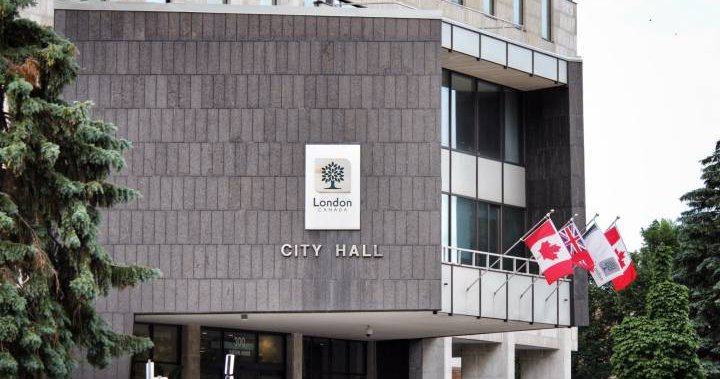London, Ont., city council approved a controversial 25-storey tower in a northwest commercial plaza despite a fiery debate and concerns about increased traffic. The 219-unit development at 735 Wonderland Rd. N. proposed by York Developments was approved with a vote of 12-2, with Ward 6 Coun. Sam Trosow and Ward 13 Coun. David Ferreira opposing. During the debate, councillors raised concerns about increased traffic and the nearby Middlesex-London Paramedic depot on Horizon Drive. The area is designated as a “transit village,” which lifts some restrictions on height and density to support alternative modes of transportation. Trosow put forward motions to consult with the Middlesex-London Paramedic Service about traffic mitigation and for staff to study how an extension of Beaverbrook Avenue and Westfield Drive would affect cut-through traffic in the area.
While the motion to consult the MLPS was passed without any trouble, Trosow’s other motion was struck down. Deputy Mayor Shawn Lewis argued that attaching conditions not related to the developer’s work would be improper. The debate became heated when Trosow criticized the development for disregarding residents in the neighborhood, particularly the EMS station located behind the site. Trosow later apologized for his comments but emphasized the importance of considering cumulative effects on the area when evaluating applications. Mayor Josh Morgan also weighed in, stating that despite challenges in the area, the official plan designates it as a transit village, aligning with the decision to approve the development.
The debate over the tower approval brought to light concerns about traffic congestion and the impact of the development on the surrounding area. Trosow’s motions to consult with paramedic services and study road extensions were intended to address these concerns, but were ultimately not successful. Tempers flared during the debate, with Trosow’s comments causing tension among council members. The importance of expressing opinions respectfully and following proper procedures was highlighted by Mayor Morgan, who emphasized the need to consider the broader implications of development projects beyond their physical boundaries.
Despite the contentious debate, the majority of council members voted to approve the 25-storey tower, citing alignment with the area’s designation as a transit village. The decision to lift restrictions on height and density in the area was made to support alternative transportation modes, despite challenges related to congestion, livability, and service provision. The approval of the development reflects the city’s growth and the need to balance economic growth with community concerns. More information about the development can be found on the City of London website for those interested in further details.
In conclusion, the approval of the 25-storey tower in London, Ont., highlights the complexities and challenges of urban development in growing cities. The debate surrounding the decision brought to light concerns about traffic congestion and consultation with local services, ultimately resulting in a split vote among council members. Despite disagreements, the majority decision to approve the development reflects a balance between economic growth and community interests. Moving forward, it will be important for city officials and developers to continue to engage with local residents and stakeholders to address concerns and ensure responsible urban planning in London.















